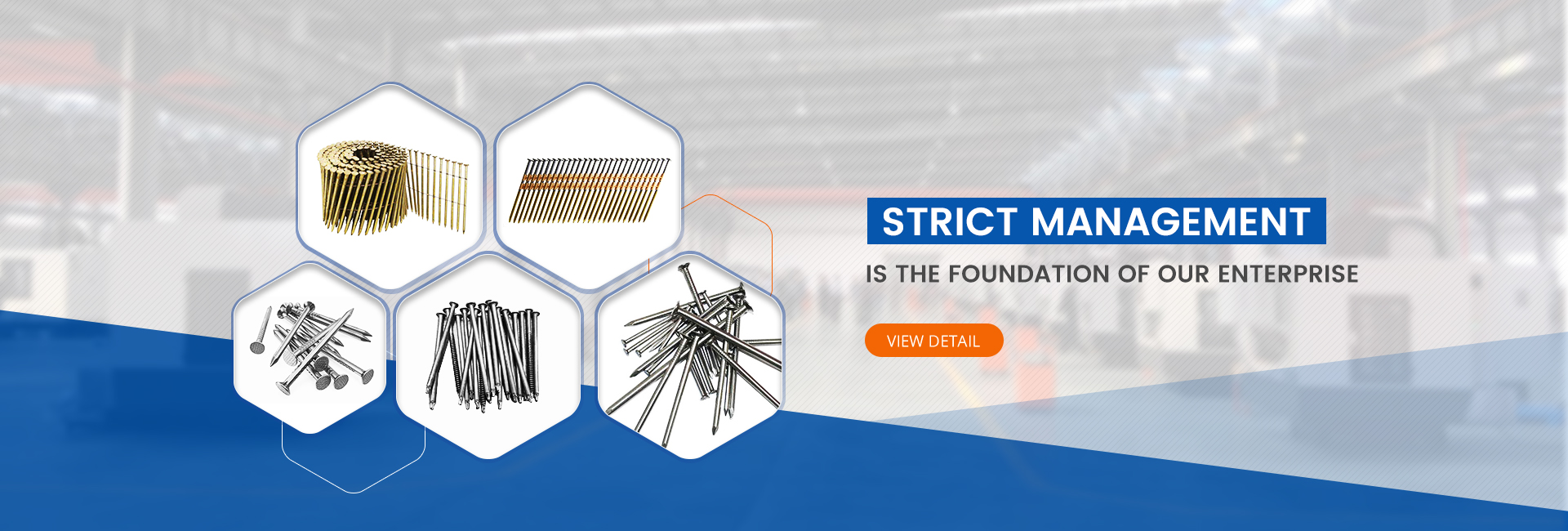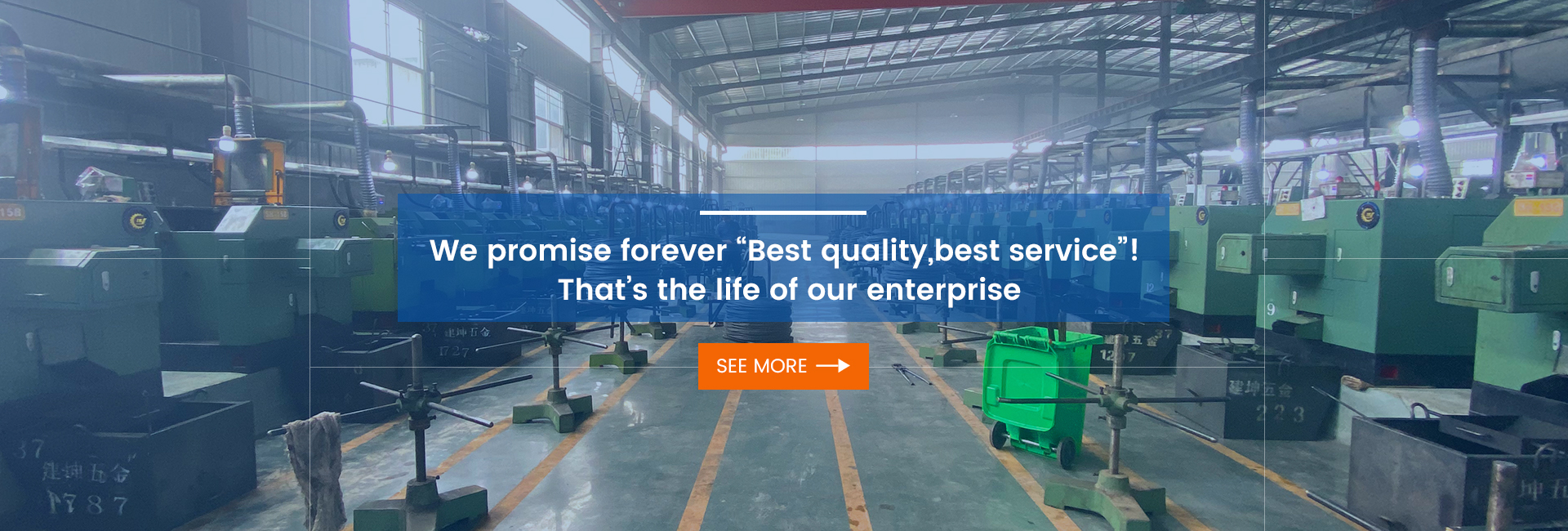Generally speaking, staple is made of white galvanised iron wire, similar to short fibres. Their models are usually based on various shapes of production equipment. Depending on the application scenario, there are many types of staple. Today there are two main types of staple, the long yard staple and the wide yard staple. The long yard nail is usually narrow but long, it usually acts as a T-nail and is represented by the model 422 Good, which is usually used as a logistic wooden frame. Wide nails are used to fix thinner components to wooden structures such as large format advertising stickers, sofa bandages, cable bridges, both long and wide size nails, and are usually used for internal parts (sofa bandages, cabling slots) where the appearance is not as demanding or invisible, as the nail is left with a staple-like head.
What are the advantages of staple? Here is an introduction for you.
1. It is made of high-quality galvanised wire instead of drawn wire and is rust-proof. Need to be made of high quality materials, galvanized amount of up to 40g/m2, so that the nail is not easy to rust, with corrosion-resistant function;
2. non-stick nails, strict production process, quality control, use of high quality raw materials, advanced technology and equipment, professional research and development; d team to optimise and upgrade the product;
3. standardised production, using new technology, depth of the hexagon inside the screw, fine workmanship, smooth, no trimming, no cutting corners, in line with standards;
4. anti-breakage function, make every effort to create domestic nail gun supporting products, drawing galvanized, one-stop production, layers of control, to IS09001 quality management system to strictly control product quality;
What are the safety guidelines of staple? The following continues to introduce.
1. Before using the tool, please read the instructions in detail.
2. Please bring safety goggles and ear protection to ensure safety.
3. Do not point the nozzle of the gun at your body as this may cause injury.
4. Do not use flammable and explosive gases such as oxygen or gas as a source of power for the tool.
5. Use the correct nail size to avoid nail jamming and damage to the tool.
6. Do not pull the trigger while binding.
7. When the tool is out of use or being serviced, always remove the air connector and remove any nails that have not been driven in the clamps.
Post time: May-26-2023



